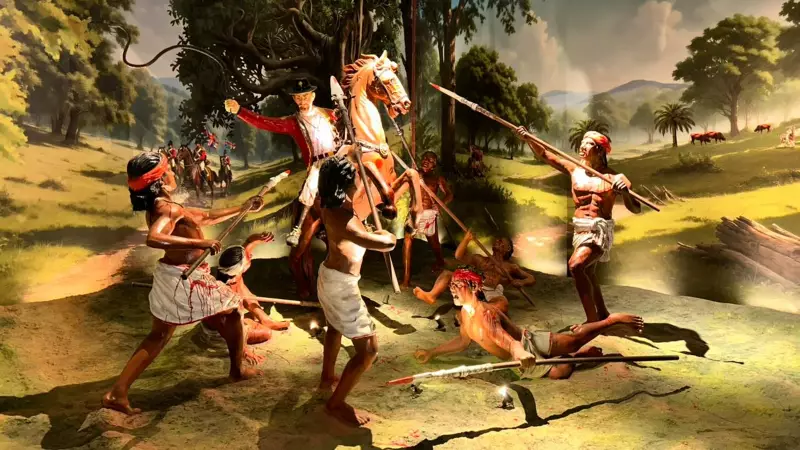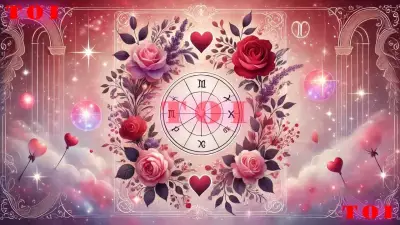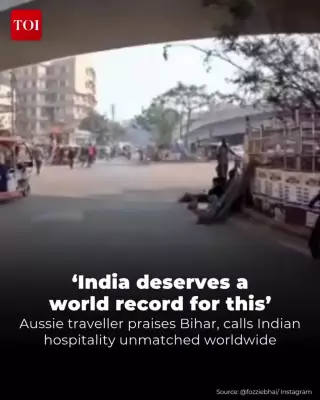
While the nation rightly celebrates iconic freedom fighters like Bhagat Singh and Subhas Chandra Bose, the monumental contributions of tribal revolutionaries have often remained in the shadows. To correct this historical oversight, Chhattisgarh has unveiled a groundbreaking museum dedicated entirely to these unsung heroes of India's independence struggle.
A Monumental Tribute to Tribal Valor
Inaugurated by Prime Minister Narendra Modi on November 1, the Shaheed Veer Narayan Singh Memorial & Tribal Freedom Fighter Museum is a state-of-the-art facility located in New Raipur's Sector 24. Built at a substantial cost of Rs 53.13 crore and implemented by the tribal welfare department, this museum spans an impressive 9.75 acres.
The museum's primary mission is to provide a comprehensive and immersive experience for visitors seeking to understand the pivotal role tribal communities played in resisting colonial rule. It features hundreds of sculptures, historical documents, and personal artifacts that bring these forgotten stories to life.
Immersive Experiences and Historical Artifacts
Upon entering, visitors are greeted by a main entrance adorned with wooden carvings from the Sarguja region, which proudly displays the names of 200 tribal freedom fighters. The courtyard features a life-size statue of Birsa Munda, whose birth anniversary on November 15 is celebrated as Janjatiya Gaurav Divas (Tribal Pride Day).
Sonmoni Borah, Principal Secretary of the Tribal Development Department, highlights key attractions: "The digital experiences, the sword used against the British by Shaheed Veer Narayan Singh, the Veer Narayan Singh Memorial, and a digital experience of the famous Maa Danteshwari Temple in Dantewada make the museum an unmissable experience."
The reception hall is equipped with over a dozen digital screens showing animated video stories and a mini-theatre that screens a short film compiling the life stories of tribal leaders like Veer Narayan Singh, Gaind Singh, Gundadhur, and Ramadhin Gond.
Preserving Culture and Chronicling Resistance
The museum's 16 galleries take visitors on a chronological journey through the untold atrocities faced by tribal communities between 1774 and 1939. In contrast to the bright reception area, these galleries are dimly lit and feature life-like statues showcasing tribal culture, beliefs, art, and skills from different regions.
Particular attention is given to Particularly Vulnerable Tribal Groups (PVTGs) such as the Kamar, Baiga, Abujhmadia, Pahathi Korwa, and Birhor. Their sculptures, paintings, and daily use items are prominently displayed.
Among the most compelling exhibits are statues portraying a dozen revolutionary stories, including references to atrocities during Maratha rule and Mahatma Gandhi's visit to Dhamtari. Anil Virulkar, Assistant Director at the Tribal Research and Training Institute (TRTI), shares one such story: "Captain Blunt from the East India company tried to enter Bastar in 1795, but local tribes—Gond, Koya, Dorla, and Madias—armed with traditional weapons attacked and forced him to retreat."
Another gallery vividly tells the story of Veer Narayan Singh, who rebelled against the British after they refused to provide grains from their godowns to hungry and poor tribals.
Embracing technology for accessibility, the museum has developed the 'Adi Vani' app that provides translations into Gondi and Halbi. Hina Netam, Director of TRTI, explains: "We have also made small films and videos in local languages such as Chhattisgarhi, Gondi, Halbi etc to be shown in an immersive dome and other digital platforms in the museum."
This museum stands not just as a building but as a living testament to the courage and sacrifice of tribal communities in India's fight for freedom, ensuring their stories inspire generations to come.





